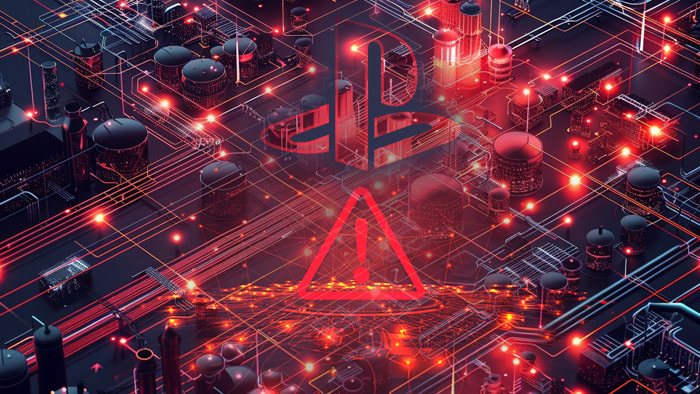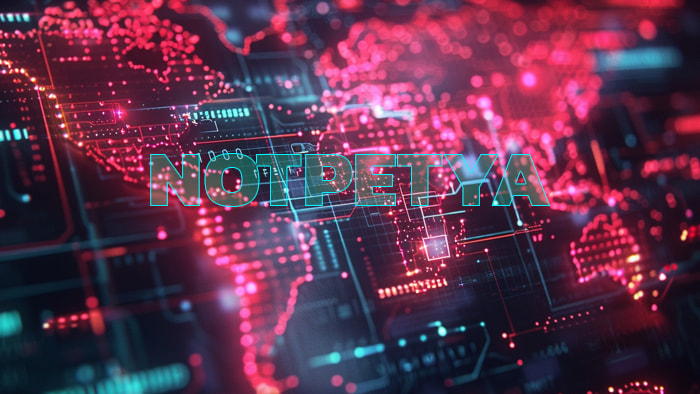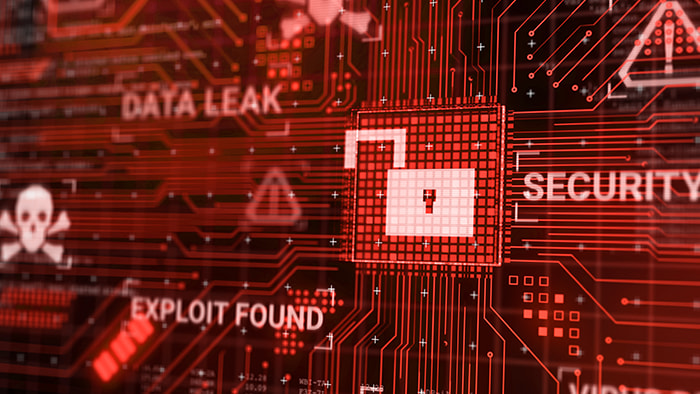In the digital age, where our lives are increasingly intertwined with technology, cyber attacks have emerged as modern-day specters capable of wreaking havoc on a global scale. These digital assaults, often launched from the shadows by unseen adversaries, disrupt industries, compromise personal data, and even threaten national security. Let’s go through 8 of the most infamous cyber attacks together, from mischievous pranks to sophisticated state-sponsored operations.
1. The Morris Worm (1988)

Back in 1988, the internet was still in its beginning, but that didn’t stop Robert Tappan Morris from launching one of the first major cyber attacks in history. Known as the Morris Worm, this self-replicating malware spread across approximately 6,000 computers, causing them to slow down to a crawl or crash entirely.
Morris, a graduate student at the time, claimed he released the worm to gauge the size of the internet, but it ended up causing millions of dollars in damage. The Morris Worm exploited vulnerabilities in Unix sendmail, finger, and rsh/rexec to propagate itself, illustrating how even small weaknesses in code can be devastating when exploited. The incident led to the creation of the Computer Emergency Response Team (CERT) to tackle such threats in the future.
2. The Melissa Virus (1999)

Fast forward to 1999, when the digital world faced another significant threat: the Melissa Virus. Named after an exotic dancer, this malware was created by David L. Smith and spread through email attachments. Disguised as an innocent Word document, the virus tricked users into opening it, releasing its payload. Once activated, it would send itself to the first 50 contacts in the user’s email address book, creating a self-propagating cycle that overwhelmed email servers globally.
The Melissa Virus caused an estimated $80 million in damages and highlighted the critical need for robust email security protocols. This outbreak led to widespread disruptions, with companies and government agencies forced to shut down their email systems to contain the spread. The incident served as a wake-up call to face and work on the vulnerabilities in email systems.
3. The Stuxnet Worm (2010)

In 2010, the discovery of the Stuxnet Worm marked a new era in cyber warfare. Unlike previous malware, Stuxnet targeted industrial control systems, specifically Iran’s nuclear enrichment facilities. Believed to be a joint effort by the United States and Israel, Stuxnet used four zero-day exploits to infiltrate Siemens PLCs, causing physical damage to centrifuges by making them spin out of control.
The complexity of Stuxnet was staggering, involving highly sophisticated code that could hide its presence and manipulate control systems without detection. Its discovery highlighted the vulnerabilities of industrial systems and the potential for cyber attacks to cause real-world damage. The incident spurred global discussions on cybersecurity for critical infrastructure, stressing the need for improved protection measures against advanced persistent threats (APTs) and state-sponsored cyber activities.
4. Sony PlayStation Network Hack (2011)

The 2011 hack of the Sony PlayStation Network (PSN) remains one of the most infamous data breaches in the gaming industry. Hackers gained access to personal information from 77 million accounts, forcing Sony to shut down the network for 23 days. This massive disruption not only prevented gamers from accessing online services but also exposed sensitive user data, including names, addresses, and potentially credit card details./p>
The breach cost Sony an estimated $171 million in damages and compensation. The company’s response involved reinforcing its security measures, including offering identity theft protection services to affected users and implementing a $1 million insurance policy for identity theft. This incident served as a critical lesson for companies on the necessity of robust cybersecurity protocols and the need to build consumer trust through transparent and effective crisis management.
5. Yahoo Data Breaches (2013-2014)

The Yahoo data breaches of 2013 and 2014 represent one of history’s largest and most devastating cyber attacks. In 2013, all three billion Yahoo accounts were compromised in a breach that wasn’t publicly disclosed until 2016. A year later, in 2014, a separate attack affected 500 million accounts. These breaches exposed names, email addresses, telephone numbers, dates of birth, hashed passwords, and, in some cases, encrypted or unencrypted security questions and answers.
The breaches were attributed to state-sponsored actors, highlighting the growing cyber espionage threat. The delayed disclosure of the incidents severely damaged Yahoo’s reputation and led to a $350 million reduction in Verizon’s price to acquire the company. Such events remind us of the importance of timely breach notification, robust cybersecurity practices, and the need for companies to proactively protect their users’ data.
6. WannaCry Ransomware Attack (2017)

In May 2017, the WannaCry ransomware attack unleashed a global wave of chaos, affecting over 200,000 computers across 150 countries. This malware exploited a vulnerability in Windows operating systems, encrypting files and demanding ransom payments in Bitcoin to decrypt them. The attack targeted a wide range of sectors, including healthcare, with the UK’s National Health Service (NHS) being one of the most severely affected.
Operations were canceled, patient records were inaccessible, and emergency services were disrupted, highlighting the critical impact of cyber attacks on essential services. WannaCry’s spread was halted by a security researcher who discovered a “kill switch” in the malware’s code, but not before it caused an estimated $4 billion in damages. The attack brought to light the risks associated with outdated systems and the necessity for organizations to maintain rigorous patch management policies.
7. NotPetya Attack (2017)

Just a month after WannaCry, the world faced another massive cyber onslaught: the NotPetya attack in June 2017. Initially disguised as ransomware, NotPetya was, in fact, a wiper malware designed to cause maximum disruption. Originating in Ukraine, it spread rapidly, exploiting the same vulnerability as WannaCry. Major corporations, including Maersk, Merck, and FedEx, were among the victims, leading to billions in damages.
Unlike typical ransomware, NotPetya provided no means for victims to recover their data, indicating its primary motive was destruction rather than financial gain. The malware’s impact was particularly severe in Ukraine, affecting government agencies, financial institutions, and energy firms. Globally, it caused an estimated $10 billion in damage, making it one of the costliest cyber attacks in history.
8. SolarWinds Supply Chain Attack (2020)

The SolarWinds supply chain attack, discovered in December 2020, stands as one of the most sophisticated and far-reaching cyber espionage campaigns in history. Hackers, believed to be state-sponsored by Russia, infiltrated SolarWinds’ Orion software, which is widely used for IT management. By embedding malicious code into a software update, the attackers gained backdoor access to the systems of thousands of organizations, including U.S. government agencies, Fortune 500 companies, and critical infrastructure providers.
This stealthy operation went undetected for months, allowing the intruders to exfiltrate sensitive data and potentially compromise national security. SolarWinds’ breach prompted an urgent reassessment of software development and distribution practices, emphasizing the importance of security throughout the supply chain. The incident also sparked significant governmental and industry responses aimed at bolstering defenses against similar future threats.
In an ever-evolving digital landscape, these infamous cyber attacks serve as sobering reminders of the vulnerabilities within our interconnected world. From early incidents like the Morris Worm to sophisticated state-sponsored operations like SolarWinds, each attack has significantly impacted cybersecurity. As technology advances, so do the threats, and the need for robust security measures is critical. While you’re here and interested in reminiscing about past technologies, check out our article about the 7 of the rarest video games in history.

